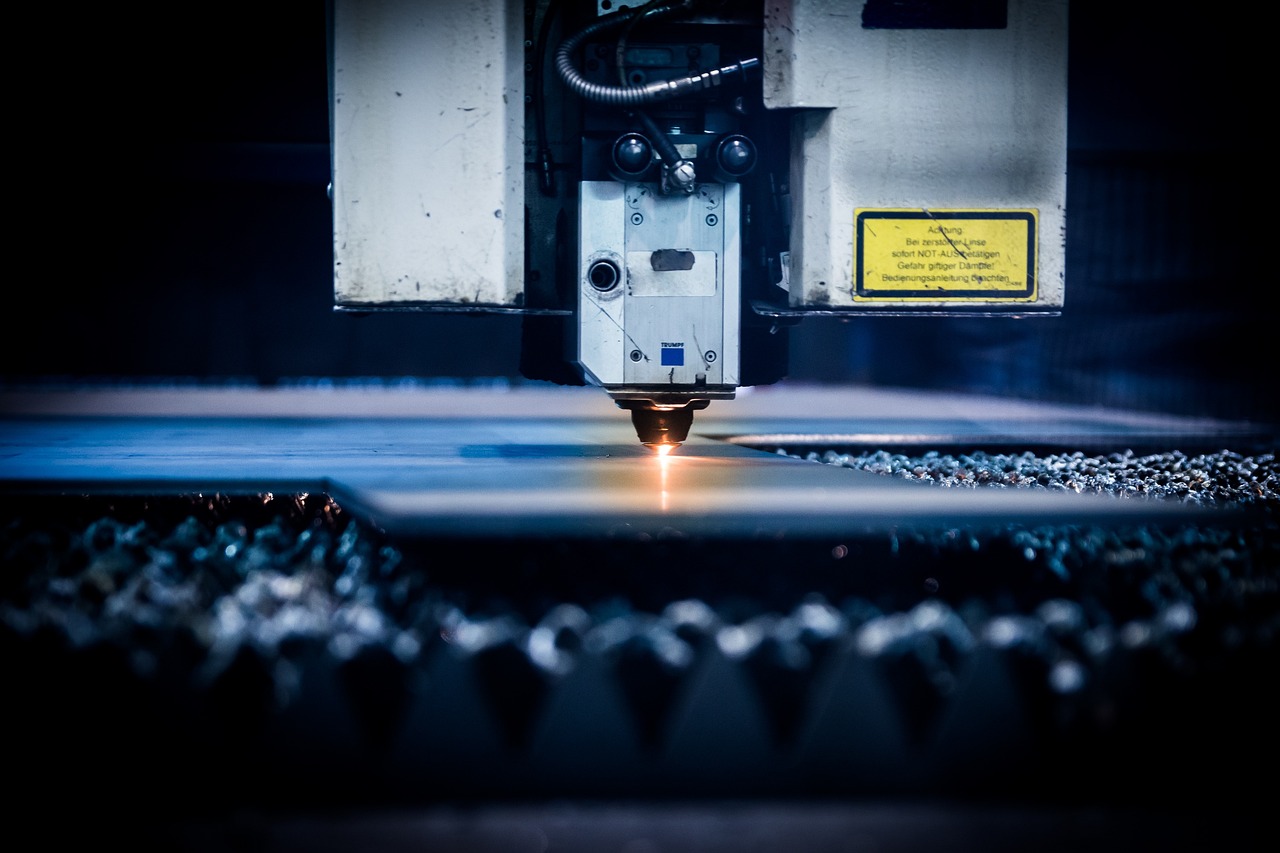CNC programming is a pivotal aspect of manufacturing and mechanical processing. It transforms CAD designs into precise instructions for machine tools.
There are several options, like ISO standard, Fanuc, or Siemens, each with its own benefits. ISO is common in Europe and known for its standard approach. Fanuc is flexible and widely used in North America and Asia, while Siemens is celebrated for its high-quality and safe programming options. Knowing these languages helps programmers effectively control CNC machines and ensure high-quality results.
Choosing the Right Programming Language
The choice of programming language—ISO standard, Fanuc, or Siemens—plays a critical role in CNC programming. Each language has unique features suited to different tasks. ISO is prevalent in Europe due to its standardization. Fanuc is noted for its flexibility in North America and Asia, and Siemens is recognized for its high-quality and safety-focused solutions.
Understanding these languages enhances the effective programming of CNC machines. Practical examples in the guide illustrate the nuances between languages and demonstrate the programming process, emphasizing the importance of precision to avoid defects in machined parts.
Training and Practical Application
Training in CNC programming is essential for career progression in this field. Courses range from basic introductions to advanced and specialized training, focusing on practical skills vital for mastering CNC operations.
Hands-on training with real machines or simulators, such as the Fanuc CNC Simulator or Siemens SinuTrain, is crucial for learning and testing programming skills in a risk-free environment. This emphasizes the real-world application of these skills.
The Evolution of CNC Programming Tools
The guide (thanks to the CNC Tools experts Amastone.com) also explores the evolution of CNC programming tools, from early software developed in the 1970s to contemporary, sophisticated systems that integrate CAD/CAM capabilities, such as Mastercam, Fusion 360, and SolidWorks CAM. These tools are essential for modern CNC programming, offering features that streamline and enhance machining.
In addition to technical skills, the guide stresses the importance of continuous learning due to rapid technological advancements in the field. Staying updated with the latest technologies and trends is crucial for maintaining a competitive edge in the industry. This is particularly pertinent as CNC programming continues to evolve, integrating new technologies like automation and artificial intelligence, which enhance efficiency and precision.
The interconnection of CNC machines with production systems via Industry 4.0 technologies transforms manufacturing processes, improving synergy and communication across different production stages. Moreover, developing new materials and techniques requires CNC programmers to adapt their skills to optimize machining strategies continually.
Practical applications in the aerospace, automotive, and medical sectors demonstrate the wide-reaching impact of CNC programming. In aerospace, CNC programming enables the production of components with extremely tight tolerances, essential for safety and reliability. The automotive industry allows for high-volume production of precision parts like camshafts and engine blocks. In the medical field, CNC machines are indispensable for creating complex, biocompatible medical devices.
The guide concludes by highlighting a record-setting achievement in CNC programming—a component for the Large Hadron Collider machined to nanometer precision, showcasing the advanced capabilities of modern CNC technology. This underscores the ongoing innovation and potential of CNC programming to meet and exceed the demands of modern manufacturing and engineering.

